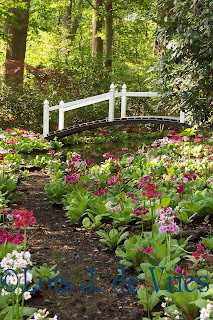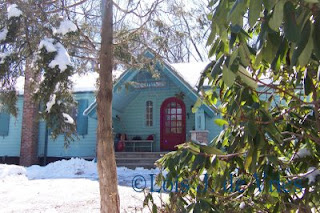Targeting Invasive Plants

My latest article, Plant Pests, is featured in the Green Thumb Guide of the Spring 2009 issue of Nature’s Garden, one of the most popular Better Homes and Gardens gardening magazines, on newsstands now. The Nature’s Garden website http://bhgnaturesgarden.com/ offers a place to share your nature photos, to keep a journal, or to participate in garden forums. Take a few minutes now to check it out. For those of us in the conservation trenches, it’s a watershed moment when magazine editors acknowledge that some plants that are still being sold in garden centers across the nation are actually thugs that can drive out native vegetation and destroy habitat. Let’s support those who do. But many invasive plants have been here so long that people mistake them for natives. One of the earliest harbingers of spring (just 50 days away) in our area is the invasive Garlic Mustard (Photo credit: Olivia Kwon) . Like many plants that have taken over our woodlands, Garlic Mustard arrived in America wit


